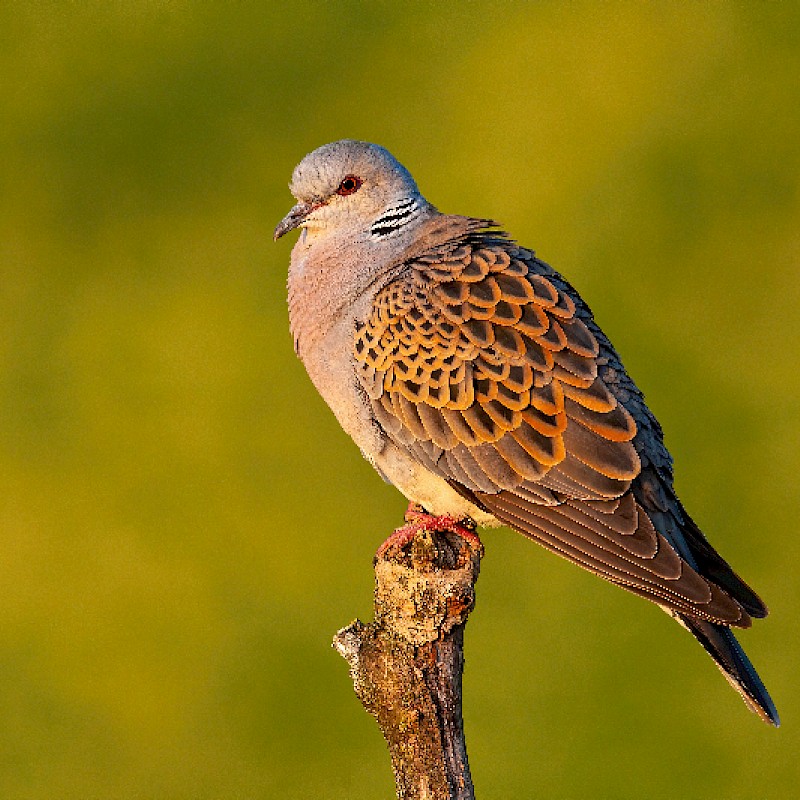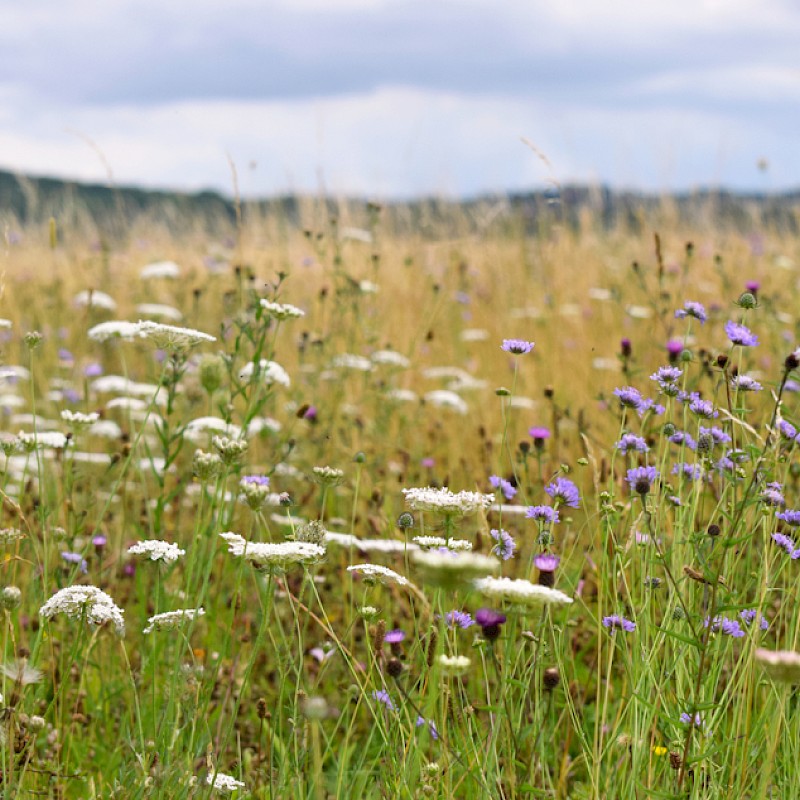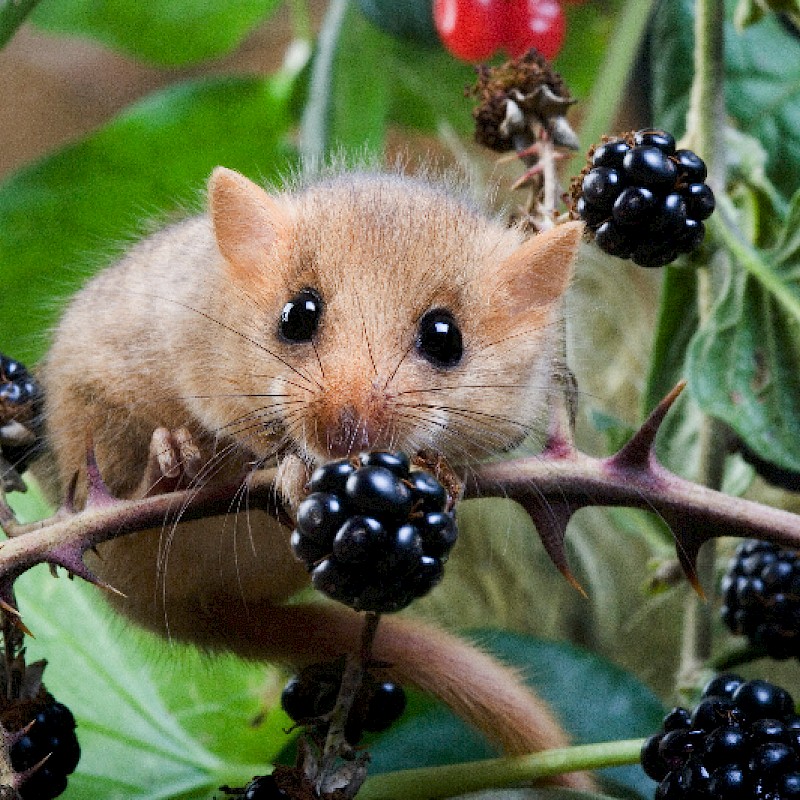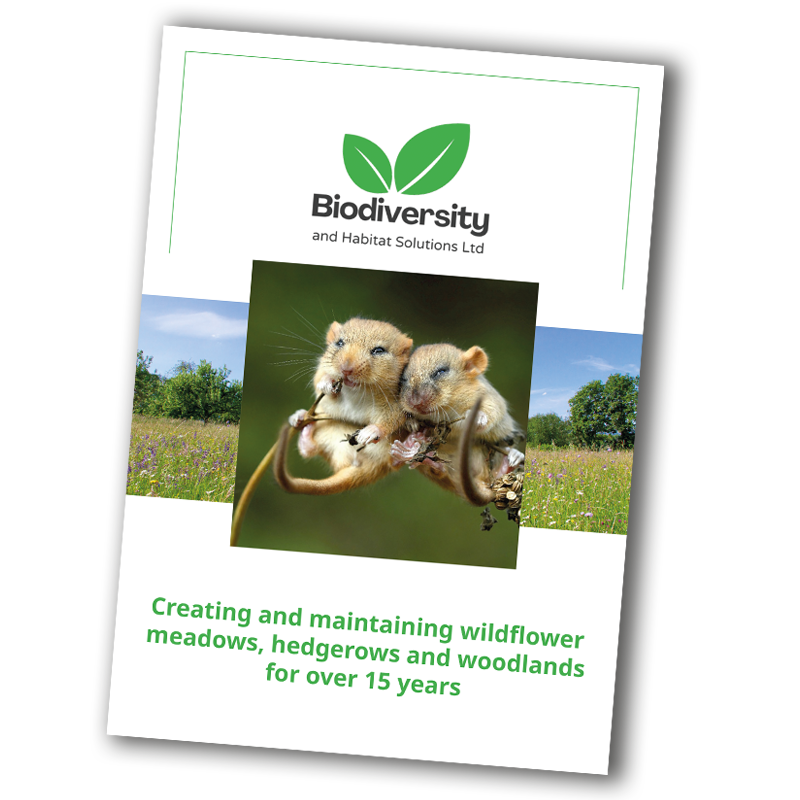Our BNG Units: Chalksole Farm, Kent.
Chalksole Farm occupies land within the North Downs. They are a ridge of chalk hills in south east England stretching from Farnham in Surrey to the White Cliffs of Dover in Kent. This area is highlighted for its natural beauty and special character.
To see how Chalksole Farm contributes to local uplift, explore our available BNG units and download full pricing and specifications.
The land at Chalksole formerly supported a dairy farm based at Chalksole Farm, but in more recent years the farm has been given over to arable farming. One field supports one of the former dairy pastures, typified by an improvement grassland sward. Another, is also under permanent grassland and is taken as a hay crop. The remaining fields are currently under arable cropping. The SSSI woodland immediately adjacent to the site supports an ancient woodland community with ash and hazel being the common coppiced species with some field maple, hornbeam and sweet chestnut under the pedunculate oak standards. Other trees and shrubs include wild cherry, birch, hawthorn, blackthorn and also wayfaring-tree and dogwood on the calcareous soils. There is some dense hawthorn scrub in places.
The hedgerows on the land support breeding yellowhammer which is a common breeding species in the surrounding countryside along with linnet, whitethroat and skylark. Grey partridge are occasionally observed on the grasslands adjacent and barn owl is present within the valley. The woodlands adjacent to the land support a wide range of breeding birds including nuthatch, treecreeper, bullfinch, greater spotted woodpecker and marsh tit.

A healthy environment
Butterfly species in the neighbouring species rich grassland in the Lyoak and Watersend valleys (restored and creates) include smallheath, dingy skipper, small copper, green hairstreak, wall, adonis blue, chalkhill blue, small blue and silver spotted skipper. White admiral is present within the adjacent Browns wood. A joint bat monitoring project between the Kent Bat Group and Natural England in 2020 and 2021 showed serotine, myotis species, noctule, brown long eared, pipistrelle and soprano pipistrelle ll present with the grasslands around Lyoak wood and the Watersend valley.
The general aim is to create a range of habitats across the open areas with grassland types underpinning an irregular mosaic of scrub and ponds and so re-create the landscape elements of a heath/common habitat. A brand of new woodland on a rough east-west alignment will add a focal point and provide the connectivity between the woodland SSSI’s. the acidic loamy soils lend themselves to creating a lowland dry acidic grassland plant commumity characterised by fine grasses such as sweet vernal grass, sheeps fescue, crested dogstaol, slender creeping red fescue.
Other neutral grassland has been targeted for the ex-dairy pastures where more attention will need to be given to the current grass sward and measures to reduce the grass vigour to facilitate the development of a moderate diversity neutral grassland sward overtime.
Lowland calcareous grassland has been seeded where the land drops away towards the edge of the field and where a calcareous influence to the soil is likely to be present.

A habitat for birds and small mammals
Mixed scrub has been planted as a means of restoring the healthy nature of the historic landscape, with species such as gorse and broom dotted in pockets amongst the open grasslands. These will provide useful breeding habitat for scrubland birds such as yellowhammer and linnet.
It will promote the development of rougher marginal/tall herb vegetation to encourage small mammals and hunting habitat for species such as barn owls and a diverse invertebrate community for foraging bats.
New hedgerow planting is suggested on the perimeter boundaries to link the broken sections of hedgerows and to create new species rich hedgerow.

Request Brochure and Pricing
If you would like a pdf copy of our brochure with pricing of our units, please contact us and we will send it by return.
Request Brochure
